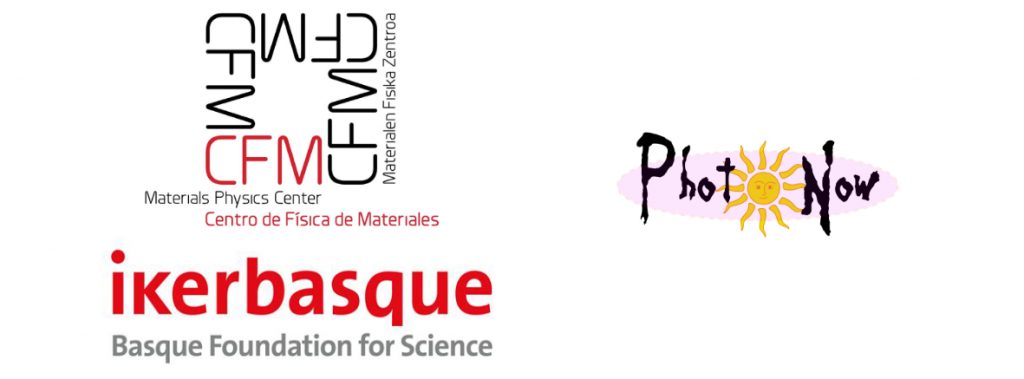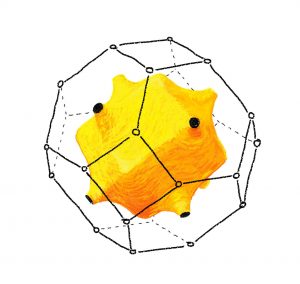Here you can find a snapshot of our current interests and projects:
Nonlinear optical responses
Beyond the standard linear effect employed in most of current photovoltaic cells, materials can also show more complex optical responses that depend non-linearly on the electric field of light. This includes the shift photoconductivity, circular photogalvanic effect, or the third-order response
known as the “jerk current”, among many others. Using and developing a first-principles methodology based on Wannier functions, we work on describing these and other nonlinear optical effects in a variety of systems of current interest, ranging from Weyl semimetals to magnetic semiconductors.
Distorted materials
Imagine you deform a flat surface using a microscopic needle; how would the electronic and optical properties change? Will new response channelsopen up due to the change in symmetry in the distorted material? This is what we are trying to find out with the help of large-scale computational calculations, which are able to model up to 200 atoms per unit cell allowing to describe the complex non-periodic features of these structures.
Many-body excitations
In some materials, electrons interact strongly to form collective excitations. Understanding to what extent these excitations influence the nonlinear optical response is a main focus in our group. We are currently developing a theoretical and computational framework to efficiently capture these effects, with the goal of assessing their impact on spectra that can be measured experimentally.
Single adatoms and their spin
We model the properties of magnetic single adatoms, tiny objects that host an enormous potential as the ultimate miniaturization blocks of an information bit. Our focus is on studying the conditions that enhance their magnetic stability by assessing the effect of electron-electron and electron- phonon interactions on the spin relaxation process.


